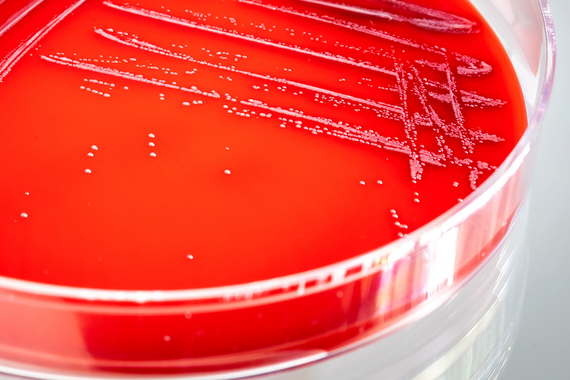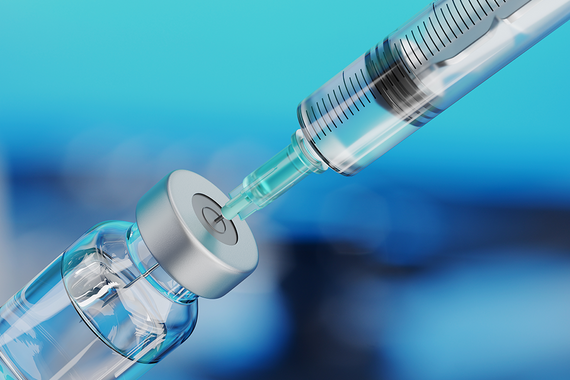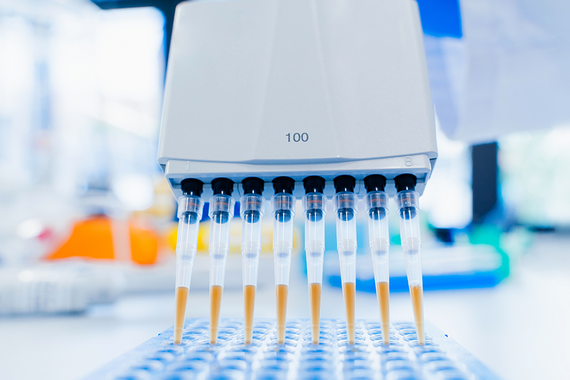-
The University
- Welcome
- Who we are
- Media & PR
- Studying
-
Research
- Profile
- Infrastructure
- Cooperations
- Services
-
Career
- Med Uni Graz as an Employer
- Educational Opportunities
- Work Environment
- Job openings
-
Diagnostics
- Patients
- Referring physicians
-
Health Topics
- Health Infrastructure
Consultant Laboratory for Bordetella
Welcome to the webpage of the Consultant Laboratory for Bordetella at the Robert Koch Institute (RKI).
To expand infectious disease epidemiology networks and advance strategies for preventing and combating infectious diseases, the RKI requires additional professional expertise and experience in laboratory diagnostics, which are provided by national reference centers and consultant laboratories.
The Consultant Laboratory for Bordetella was established by the German Federal Ministry of Health (BMG) in coordination with the Robert Koch Institute.

Pertussis and Bordetella

Disease
Pertussis is a highly contagious infection of the respiratory tract caused by the gram-negative bacterium Bordetella pertussis, which is only pathogenic in humans. The disease is transmitted by contact with droplets from infected individuals. It starts with symptoms similar to a cold and is followed by characteristic coughing fits that may last up to several weeks before they slowly subside. Small children may experience severe complications such as pneumonia, seizures and encephalopathy. Though infection is possible at any age, infants and small children have a higher risk of severe and potentially deadly disease progression.
In recent years, an increase in infections with B. pertussis has been observed in unvaccinated as well as vaccinated individuals. Depending on an individual's immune status, its clinical progression may vary widely and be uncharacteristic especially in adolescents and adults. This makes laboratory diagnosis highly important in order to prevent transmission with quick antibiotic treatment. It must be assumed that pertussis is underdiagnosed not only in Europe but globally, especially in countries with few resources.

Pathogen
In addition to the classic pertussis pathogen B. pertussis, the species B. parapertussis can cause symptoms similar to pertussis in humans as well. B. bronchiseptica can also lead to infections of the respiratory tract in humans, albeit less frequently. Both B. parapertussis and B. bronchiseptica are also significant in veterinary medicine. The epidemiological significance of further Bordetella species in human medicine such as B. holmesii and species primarily pathogenic to poultry such as B. hinzii and B. avium is still relatively unclear.

Vaccination
Vaccination against B. pertussis infection is the most important preventive measure. In addition to the earliest basic immunization of infants, boosters in adolescence and adulthood are important for maintaining immunity.
Head
Contact
Please contact us before you submit patient samples and culture isolates.
T: +43 316 385 73701
Tasks of the consultant laboratory
- Providing guidance on questions related to microbiological diagnostics and pathogen typing
- Advancing existing and developing new diagnostic procedures (especially conducting research on molecular typing of Bordetella spp. and antibody response to infection and after vaccination)
- Participating in quality assurance measures
- Conducting studies on the epidemiology of Bordetella spp.
- Conducting laboratory tests
- Detection by culture of Bordetella pertussis, Bordetella parapertussis and other Bordetella spp. in clinical samples
- Molecular typing of Bordetella spp. using genome sequencing
- Direct molecular detection of Bordetella spp. in patient samples using RT PCR
- Serologic tests (antipertussis toxins IgG and IgA)
Current challenges
- It is necessary to improve routine diagnostics in inpatient and outpatient settings by increasing the awareness of the treating physicians as well as by improving detection of the pertussis pathogen and other Bordetella species.
- In addition to PCR detection, the isolation of the bacteria in clinical samples is necessary in order to analyze changes in pathogenicity and antibiotic resistance and detect the potential occurrence of immune escape mutants.
With optimized diagnostics, adequate treatment can be introduced more quickly and chains of transmission interrupted. It is also the basis for improved epidemiological surveillance through which preventive measures such as the currently recommended vaccination against pertussis are evaluated.

Additional information for laboratory diagnostics when pertussis is suspected
A nasopharyngeal swab is suitable for direct detection of the pathogen. With other samples from the upper respiratory tract, false-negative results may occur due to the lower pathogen load.

Shipping patient samples and cultures
Please include a completed requisition form with all test materials (Bordetella spp. cultures, serums and respiratory samples from patients).
All materials are transported at room temperature. Please note that clinical samples and bacterial cultures are Category B, biological substances (UN 3373). P650 (IATA) packaging instructions must be followed.



